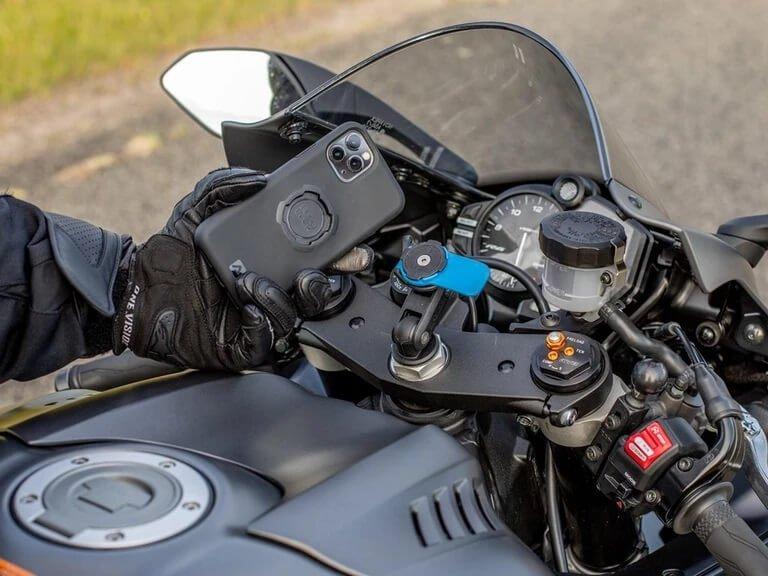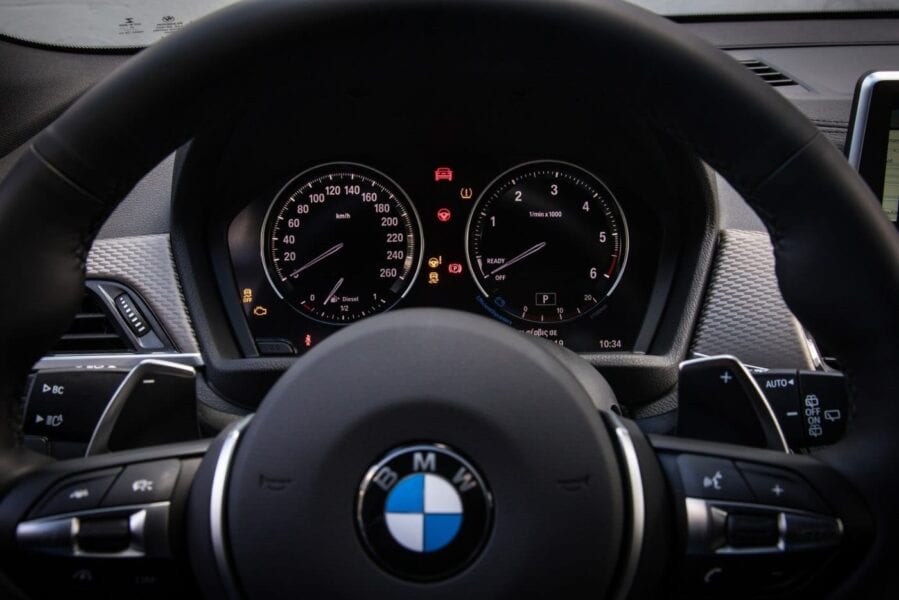How to polish motorcycle plastic?
Content
We are increasingly seeing the presence of plastic on motorcycles. This material has several advantages over some materials such as glass or ceramics. It is really very shock resistant. However, plastic scratches very quickly. It is very sensitive to scratches, which makes motorcycles less aesthetically pleasing.
How to get rid of unsightly scratches? The easiest way to give a motorcycle a new look is to polish the plastic. What is it about ? In this article, we offer you more information about plastic polishing.
What is plastic polishing?
Plastic polishing is to keep the plastic surface smooth, clean and shiny. Plastic isn't just used in our motorcycles. This material is in great demand in our daily life. There are two types of polishing: hand polishing and industrial polishing.
Hand polishing removes all visible imperfections on the plastic for a beautiful appearance. This is done with certain products that we use at home. Industrial polishing is about cleaning and removing scratches with a machine. The latter type of polish is not recommended when it comes to cleaning motorcycle plastic. This can worsen the scratch rate. Hand polishing will do.
There several methods for polishing the plastic of your motorcycle... The choice of technique will depend on the depth of the scratches and the nature of the plastic on the motorcycle.
Polishing small scratches
Rest assured! Polishing the plastic on motorcycles is not difficult, especially when the size of these scratches is minimal. Take a soft cloth, preferably a microfiber cloth, that you add to the polish to clean the plastic. There are a variety of polishes on the market. We recommend that you choose very thin polish for greater efficiency. To clean, make small circular motions all over the head. Don't be limited to rubbing scratches. Instead, consider the entire surface.
Plus, toothpaste can come in handy in an emergency. It can be used as a polish for minor scratches and it will give you a very good result.
Polishing deep scratches
Polishing deep scratches requires special attention. Plain soft cloth will not work. You will need Sandpaper... It is indeed a paper made of a hard material that allows for efficient polishing. To start cleaning the plastic, use 400 grit paper. Then take 800 paper and finish sanding with 1200 paper.
Take care that the surface to be polished and cross the direction of sanding at every paper change... This will remove all traces of the old sanding.

finish
After sanding the surface, it is necessary to finish it to achieve the best results. The trim will allow you to improve your performance and make your motorcycle's plastic look like new. For this step, you must use polishing foam on orbital sander... If this material is not available, you can manually polish with a cotton swab with polishing liquid or polishing paste.
When using an orbital sander, we recommend using a moderate pace to avoid heating the plastic. As for the coating itself, first moisten the foam or polishing pads of your choice. Then apply some product and some water to the surface to keep it moist throughout the exercise.
Finally, rub the scratches with small, dense circles for a perfect finish. Rub in for a long time until you are satisfied with the result. Finish cleaning by buffing the plastic with a woolen cloth.
What about plexiglass?
Plexiglas is a synthetic material used in motorcycles. Transparent, it transmits light well and is also very durable. Recyclable motorcycle manufacturers are increasingly using this material due to its smooth and shiny surface. We distinguish between two types of plexiglass: extruded plexiglass and molded plexiglass.
Extruded plexiglass is very fragile and requires a lot of attention to polishing. As for the molded plexiglass, it is less fragile and polishing it is not particularly difficult. However, please control the temperature while polishing, especially if you are using a polishing disc.
For plexiglass polishing, the process remains the same as when polishing opaque plastics. After sanding with 1200 coarse grit paper, the finish will be completed with a very fine polishing liquid to achieve the transparency and shine of the plexiglass. You can also use toothpaste, a mirror, and a scratch remover.
In addition, for best results, you can polish plexiglass with very fine polishing pasteusing a polishing disc and a drill. You just need to apply the paste to the edge of the plexiglass and polish with a polishing pad. Apply pressure as you work, checking results as you go. Drill speed and pressure should be gradually increased until satisfactory.
Finally, apply nail polish remover to the surface, gently rubbing the scratched area in a circular motion. Remember, the process for polishing polycarbonate is the same.
In short, plastics are essential in our daily life. Manufacturers use them on motorcycles because of the many benefits they offer. Even if this material is scratched and scratched very quickly, polishing will allow you to maintain its shine so that it is as new as it was on the first day.

